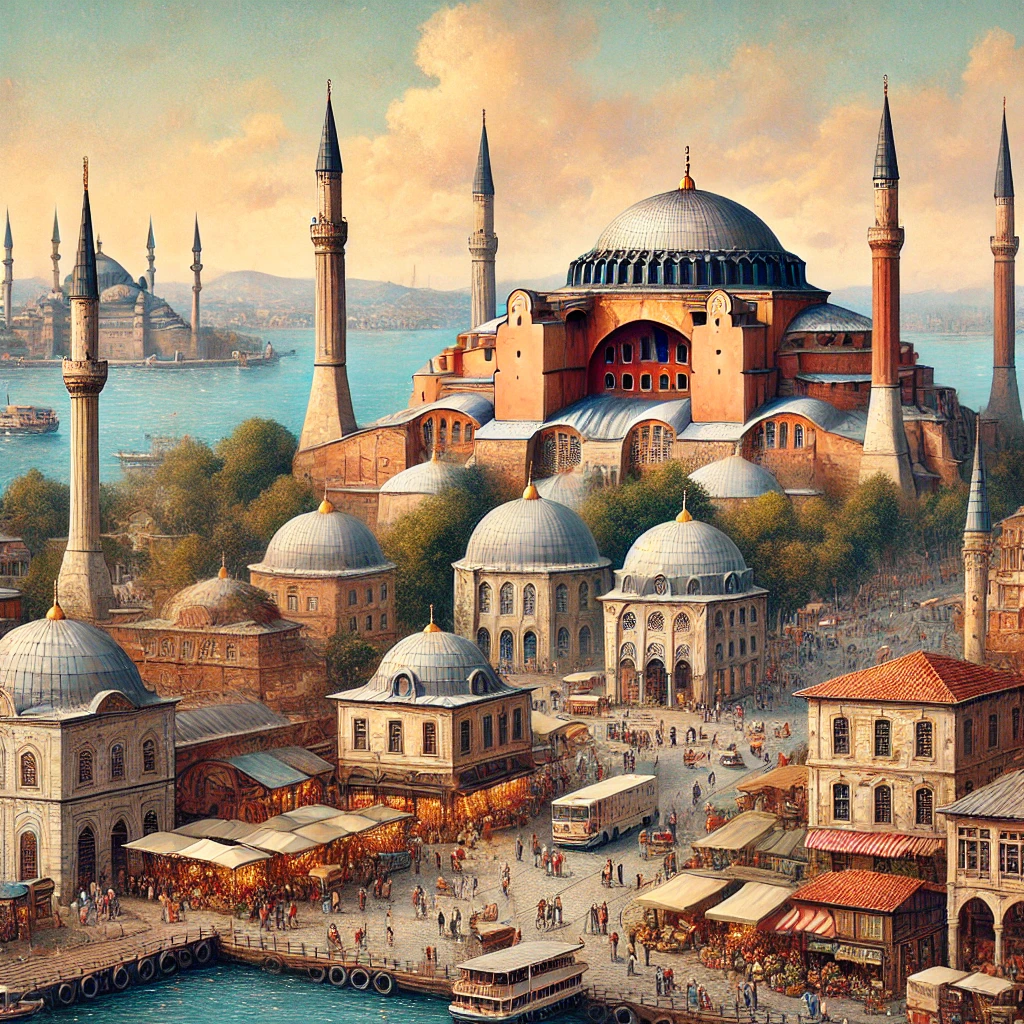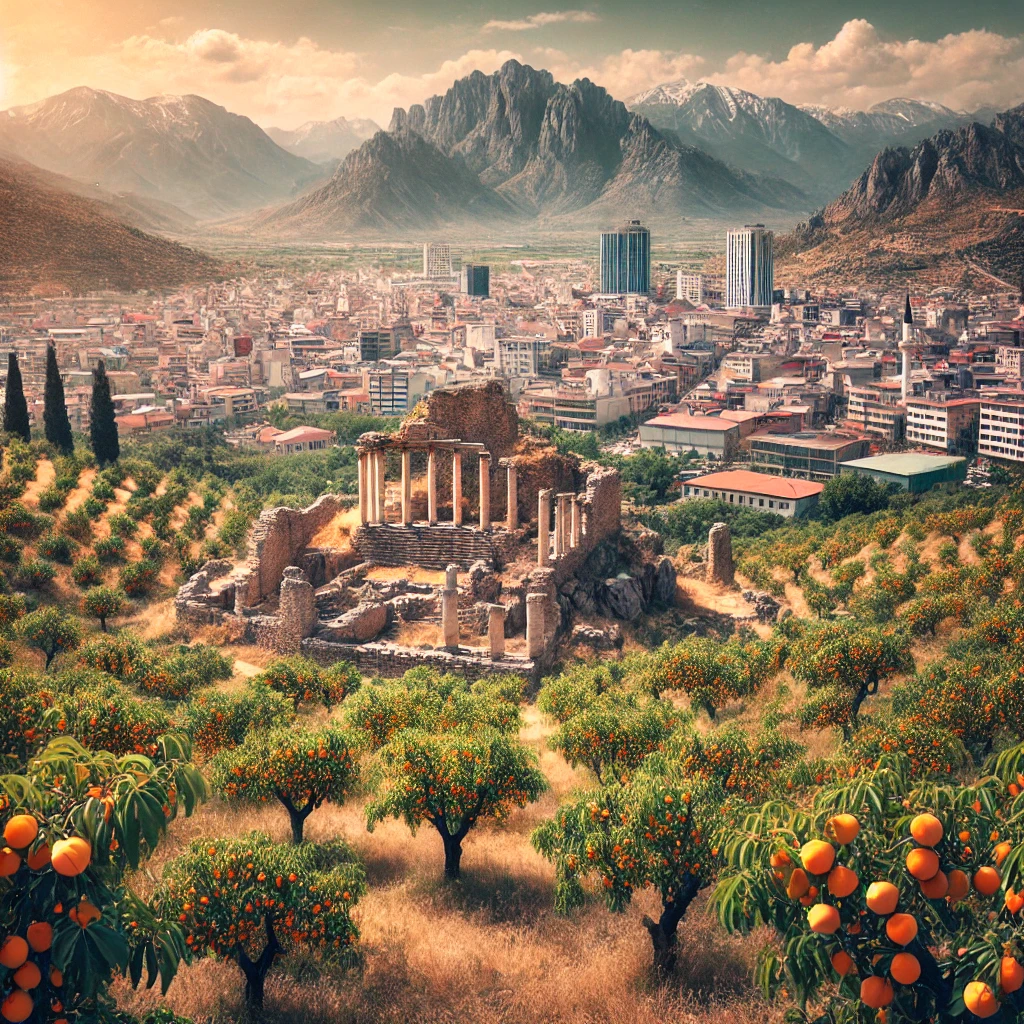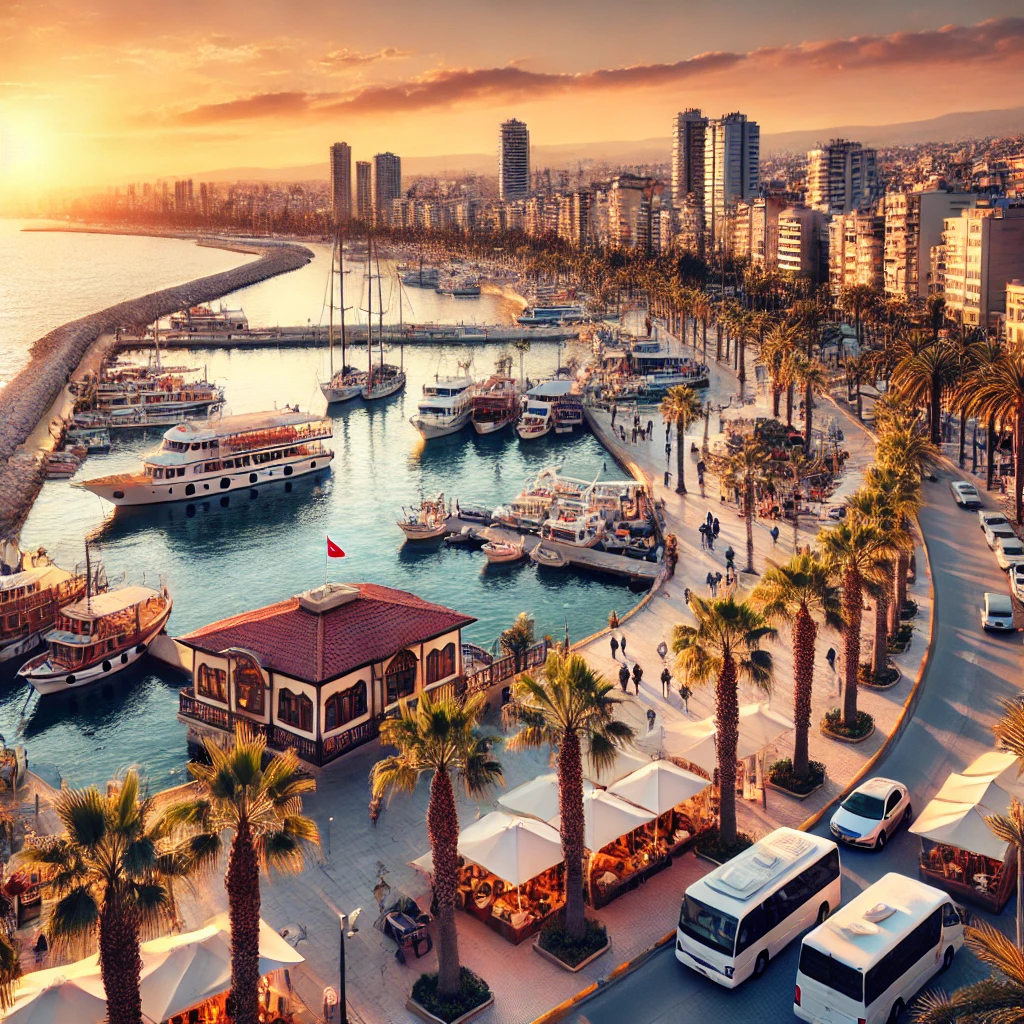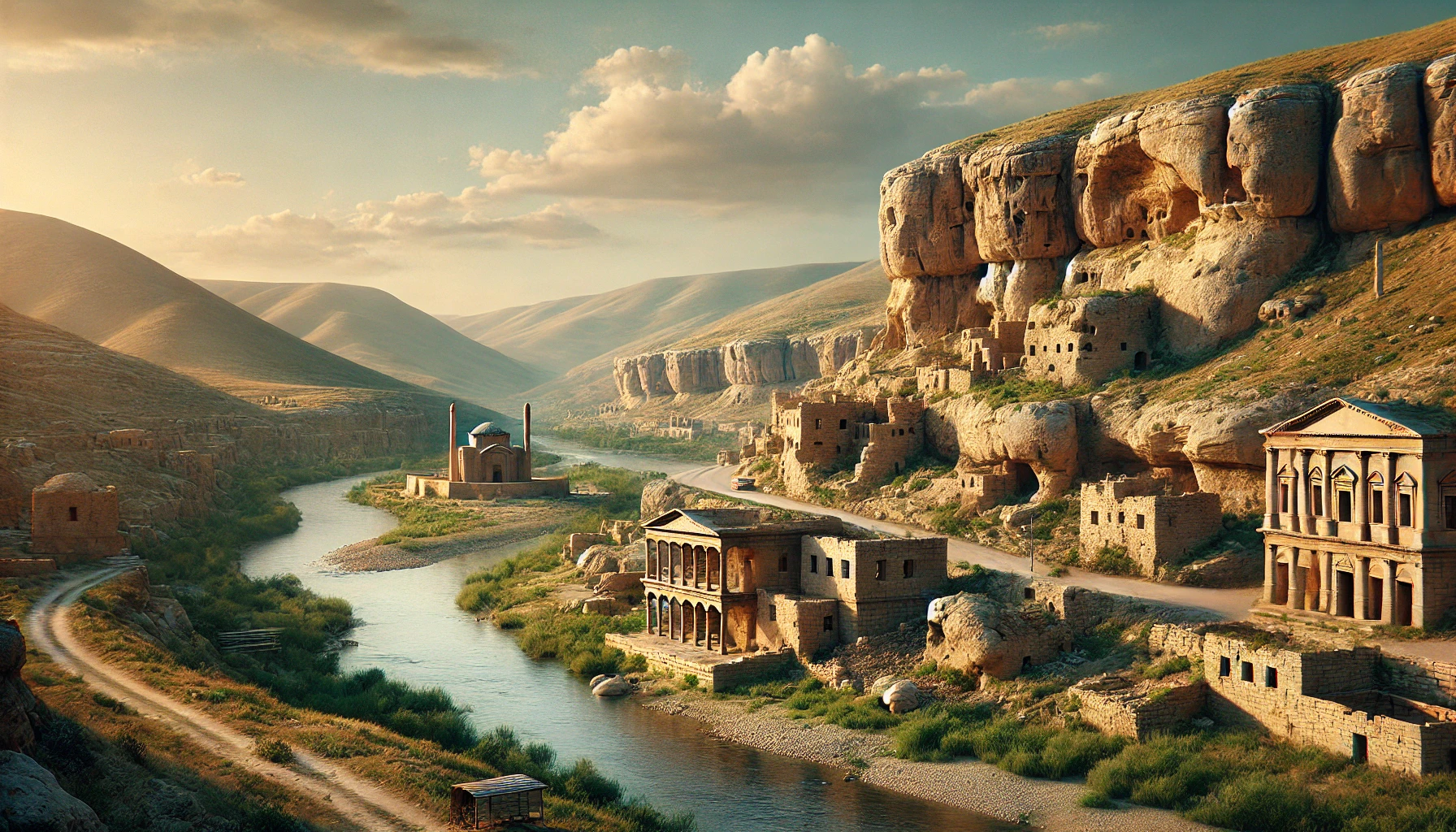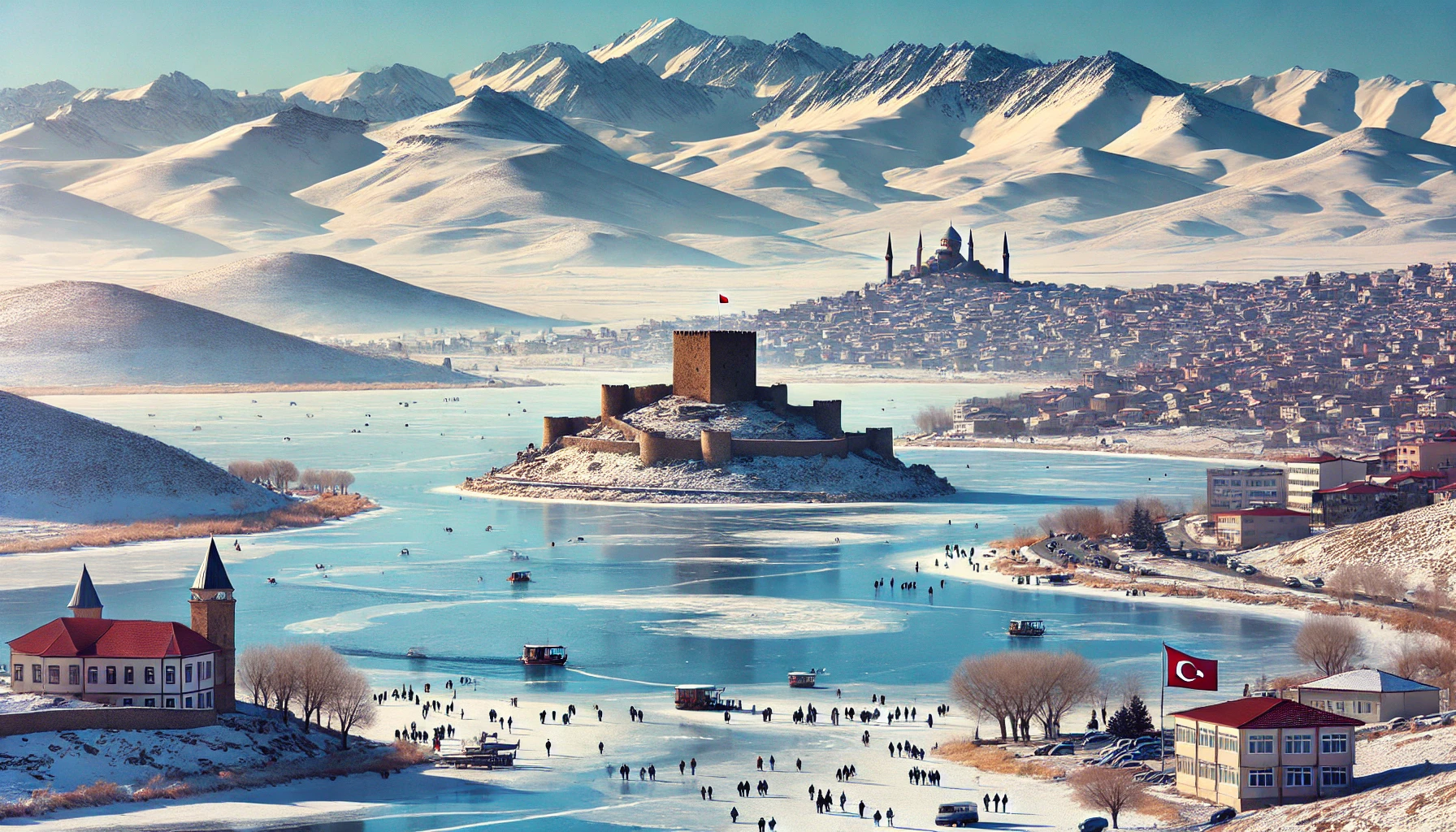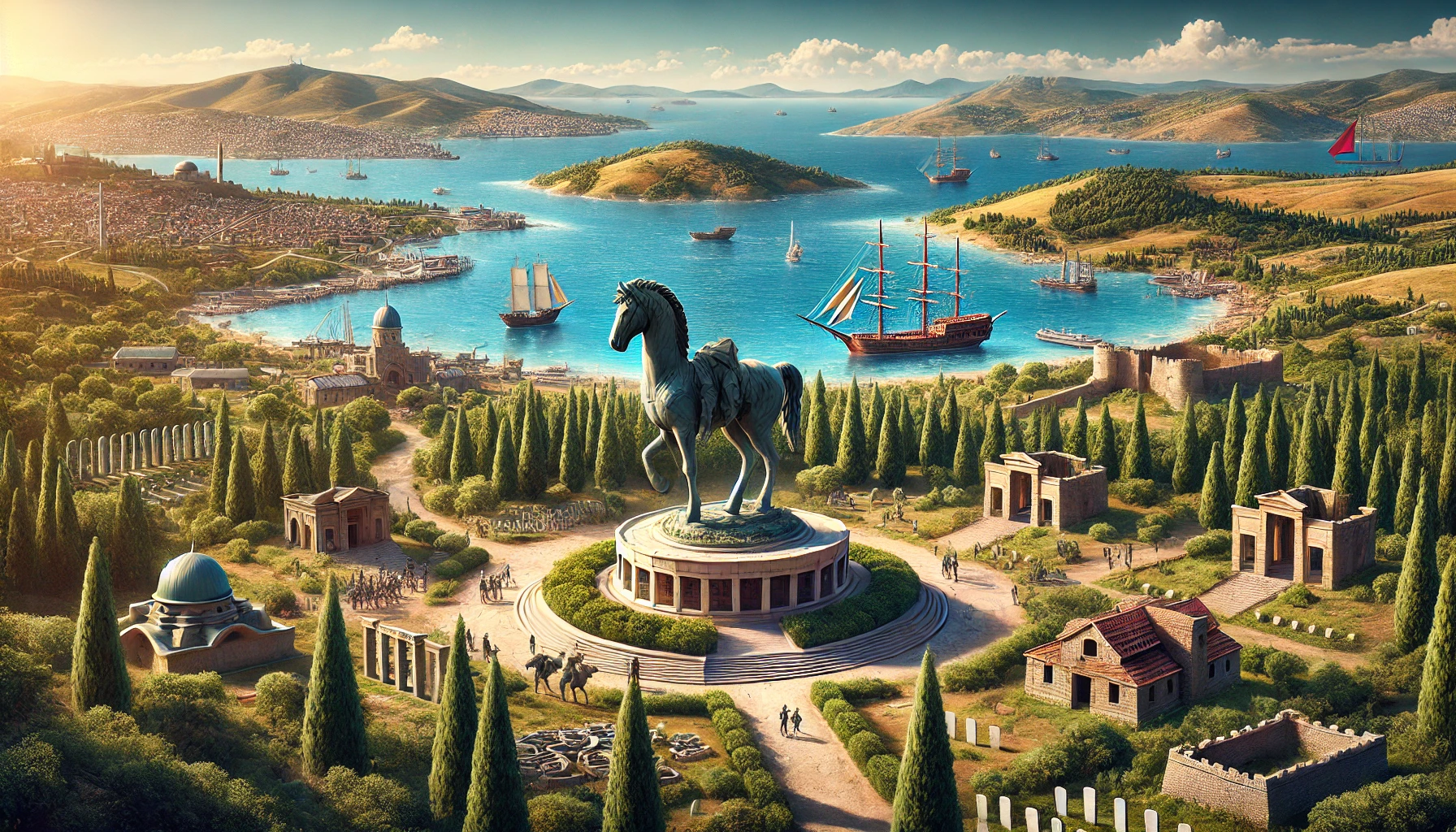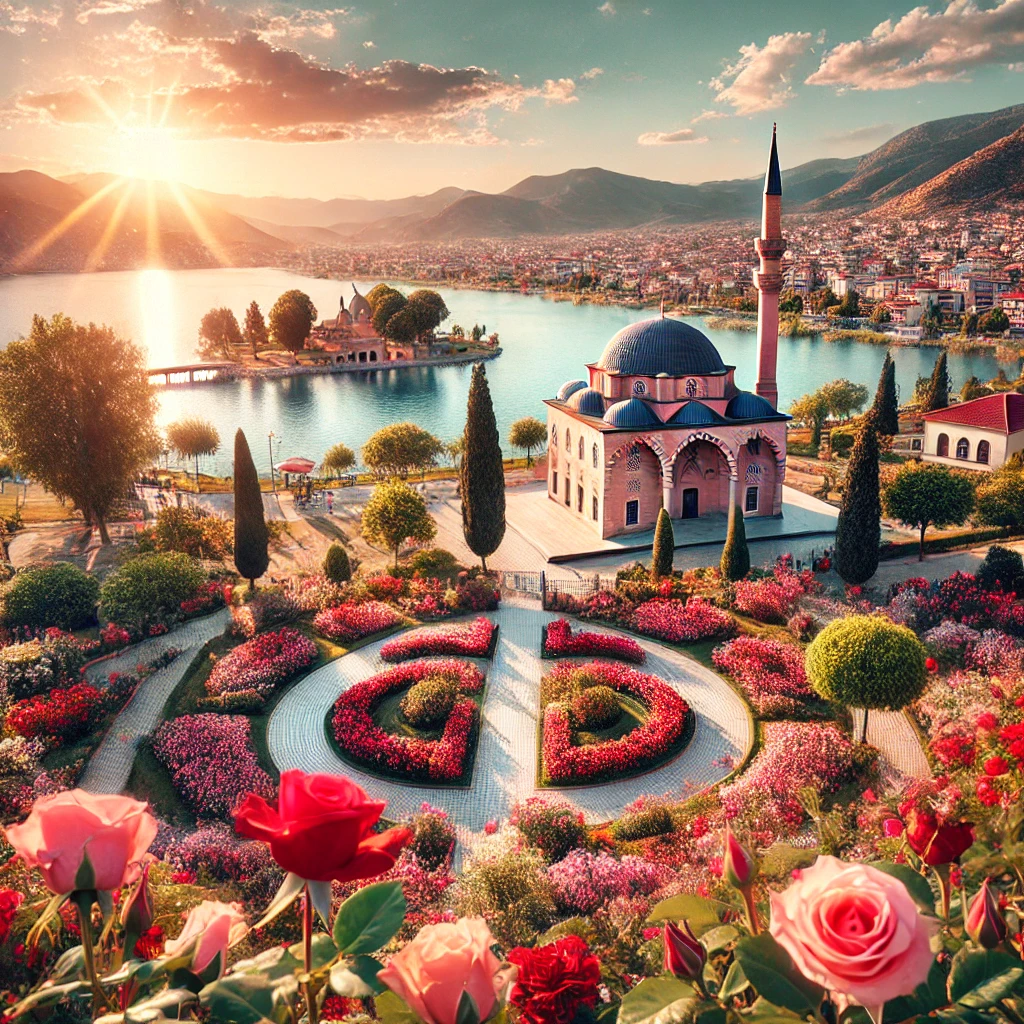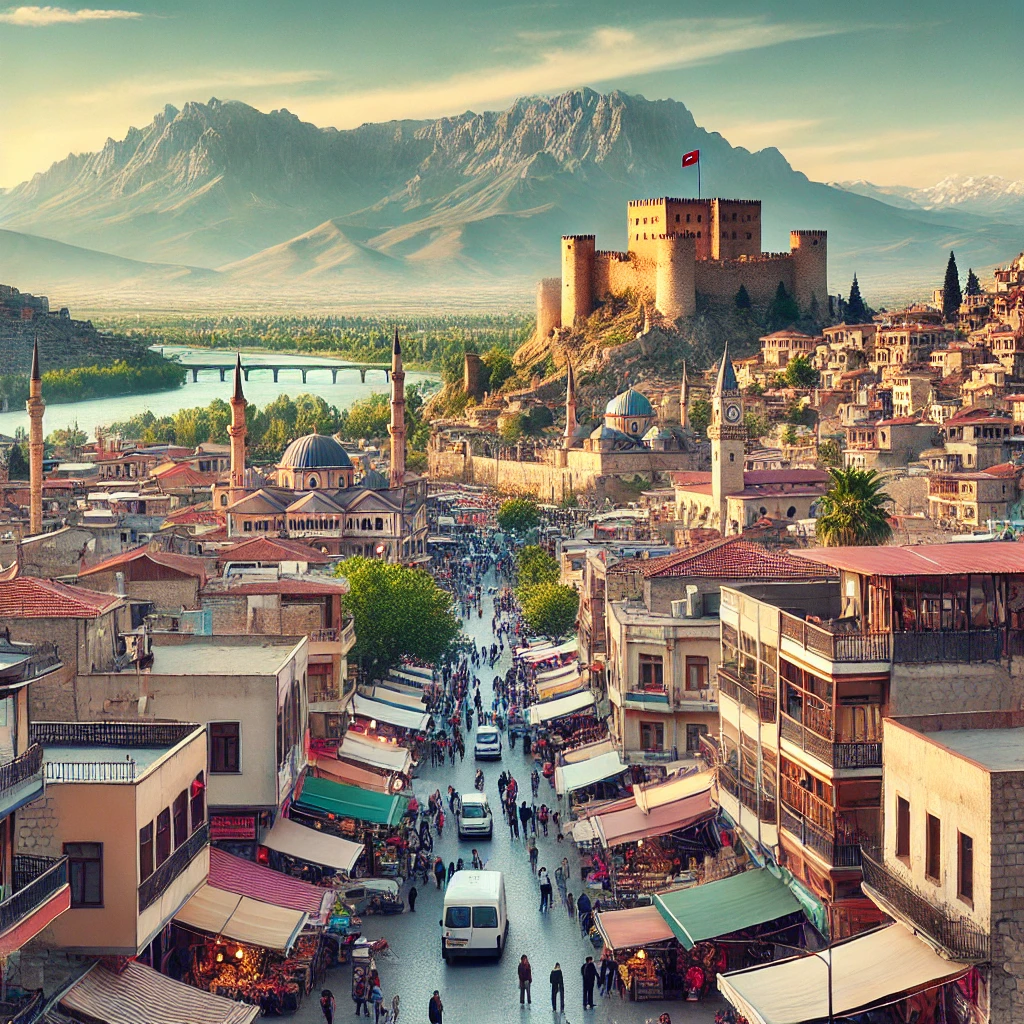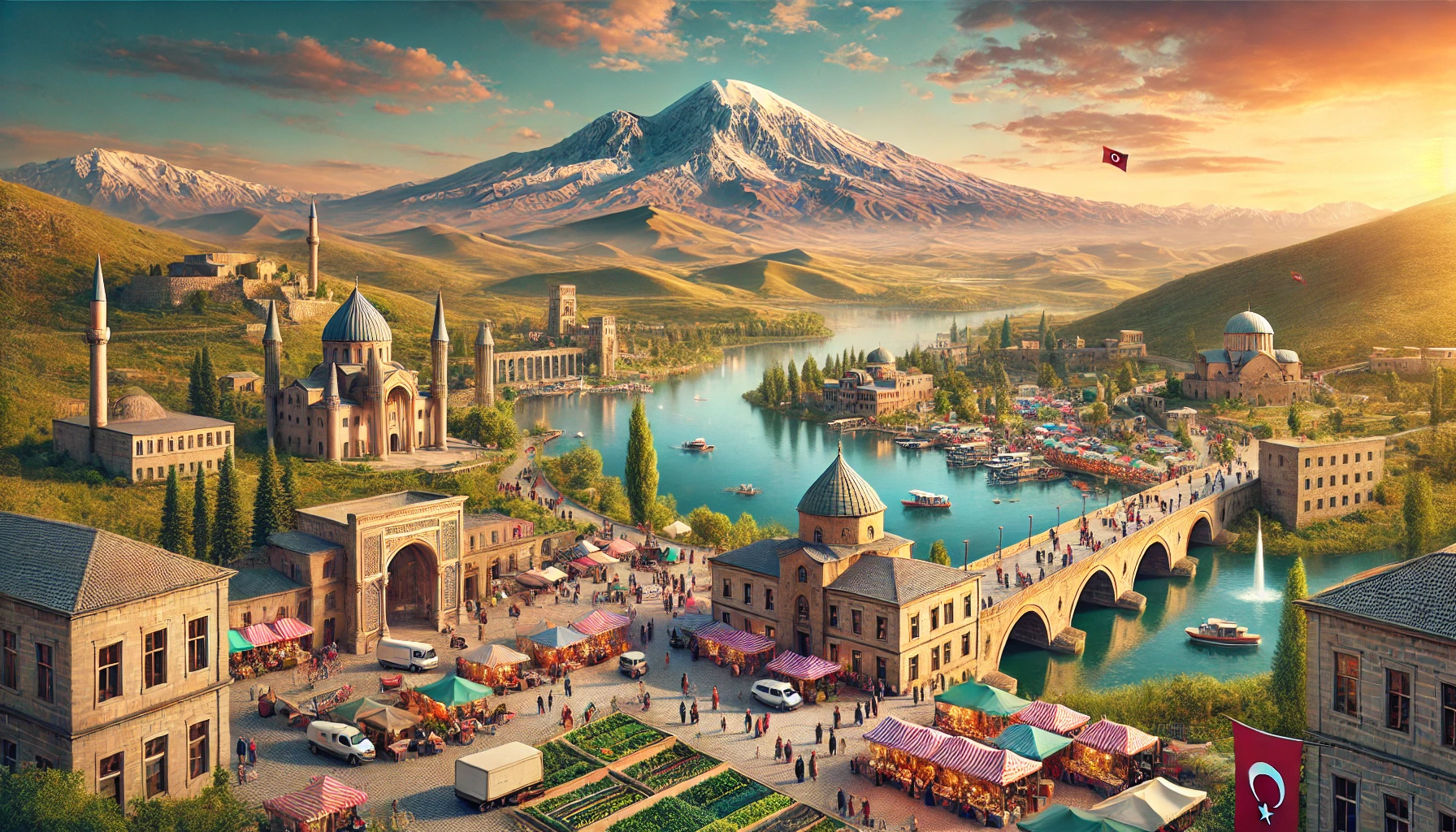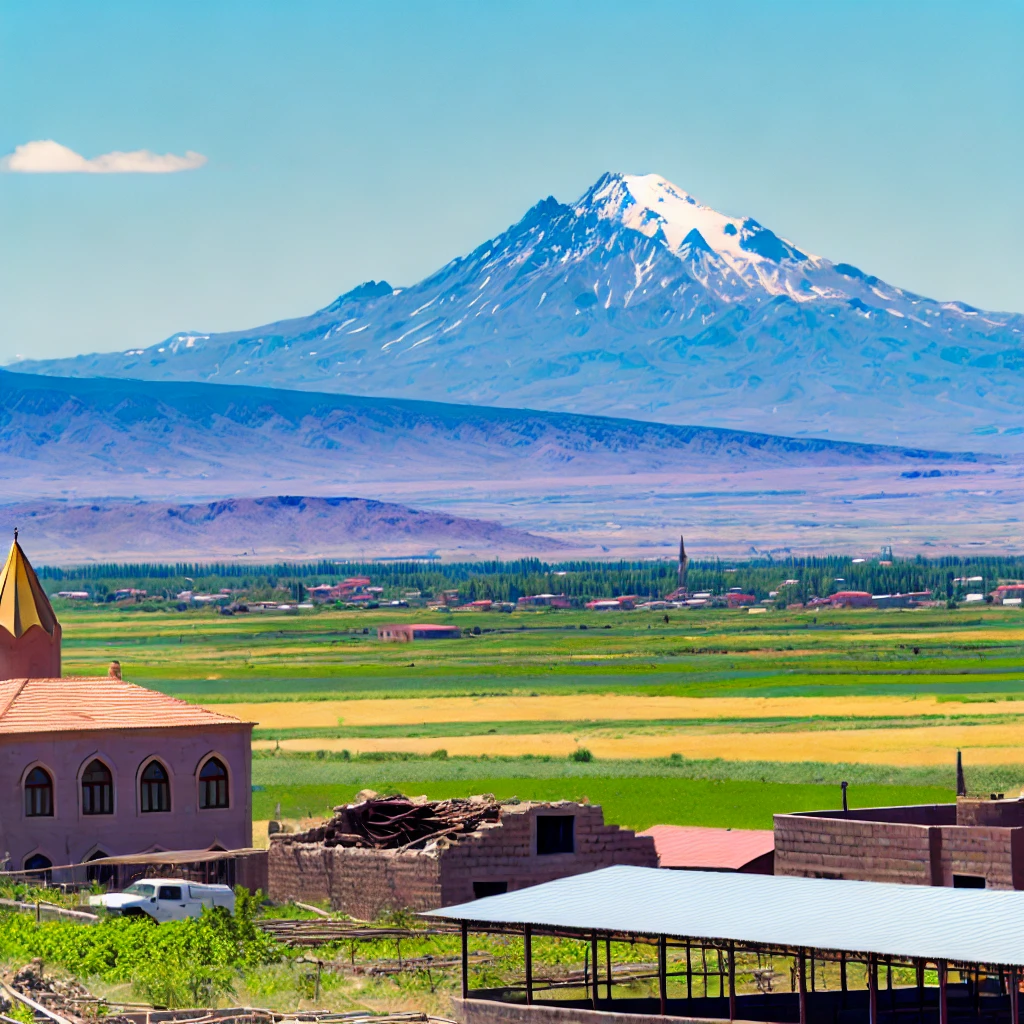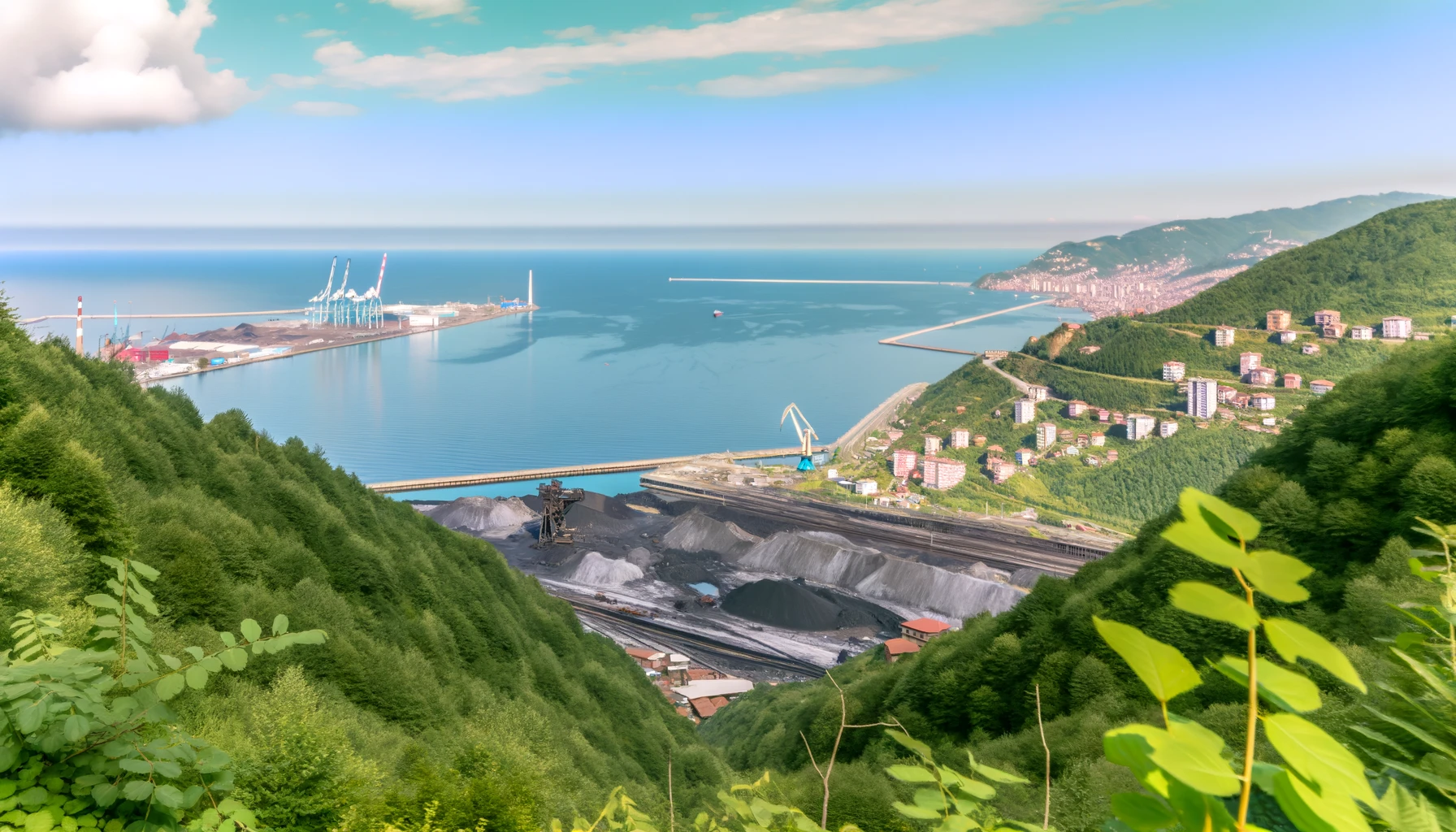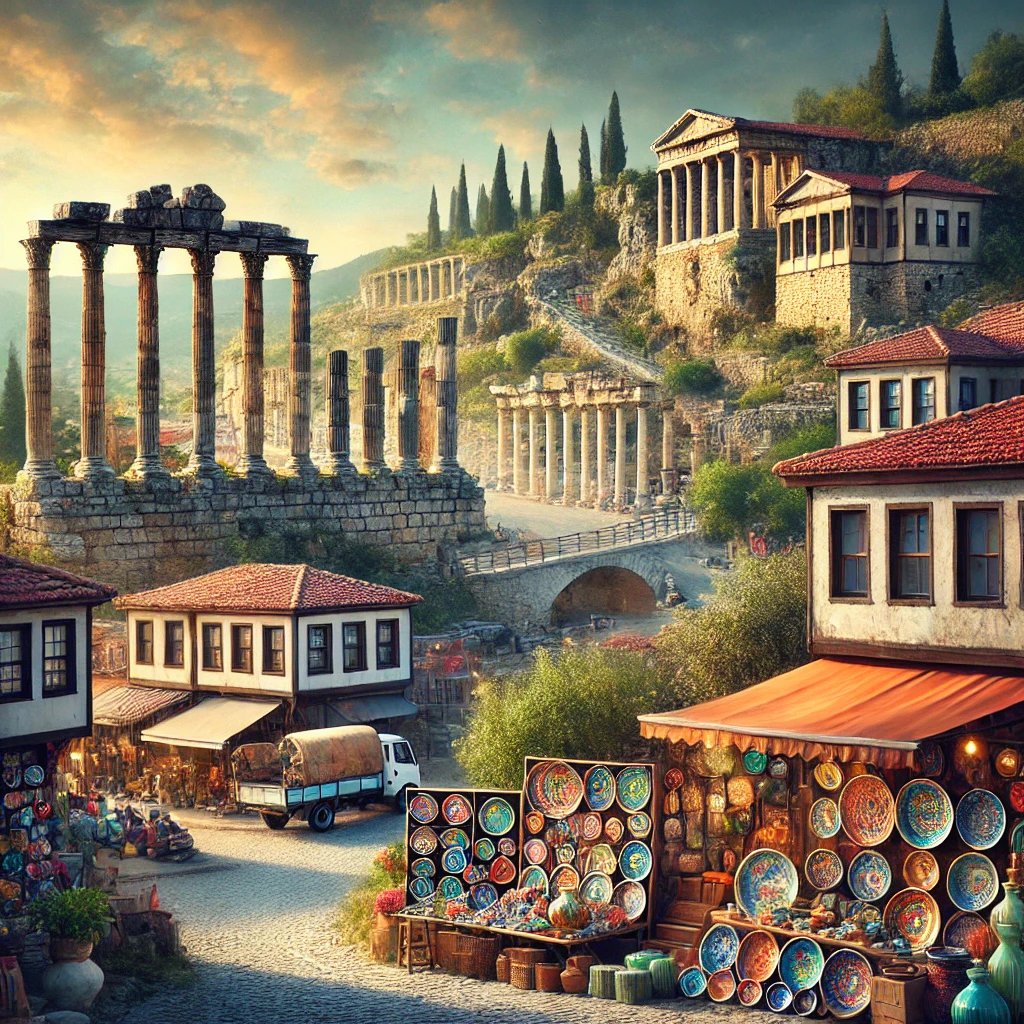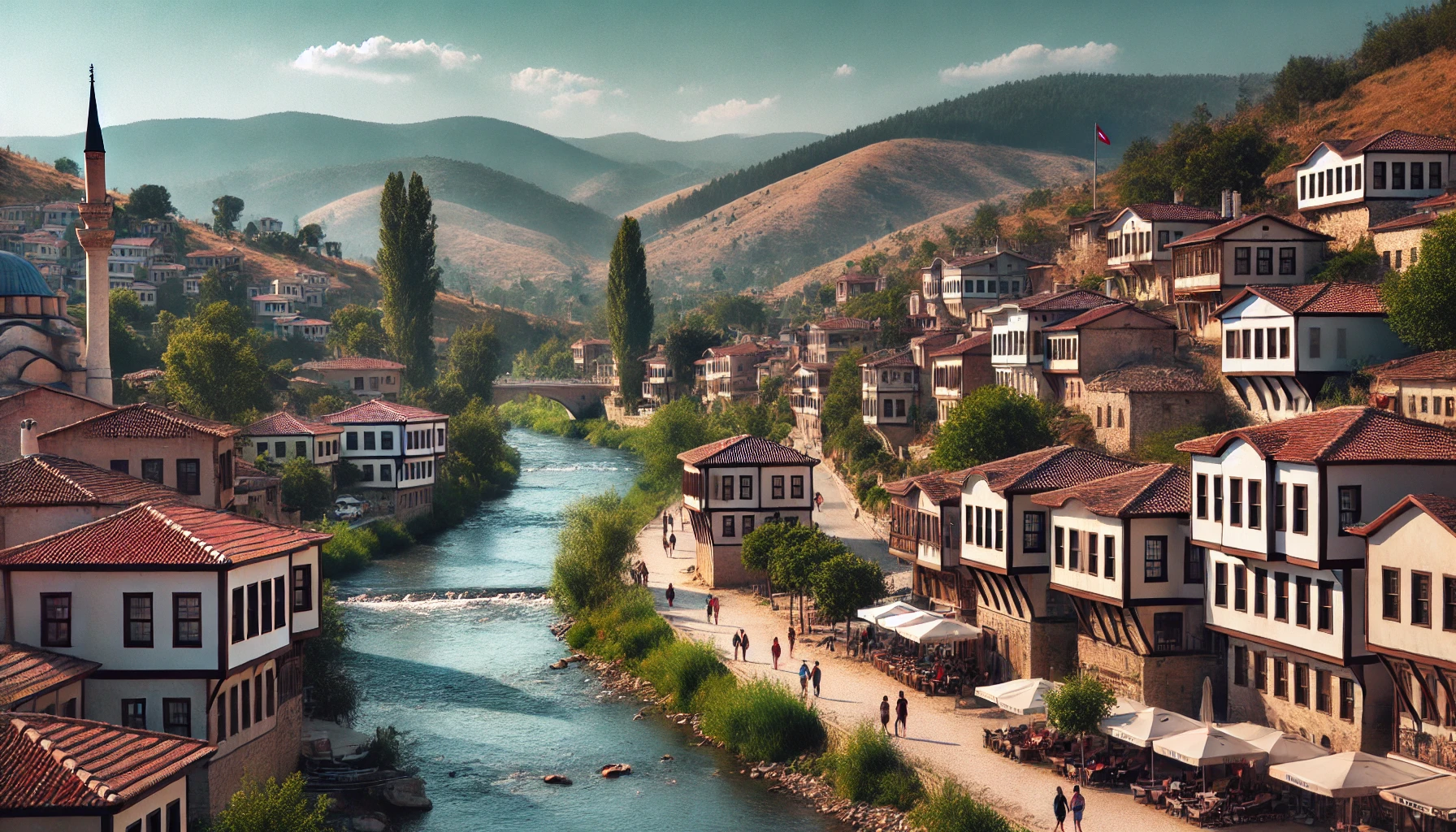Discover the Historical Peninsula: Istanbul’s Timeless Epicenter of History and Culture
The Historical Peninsula, also known as the Sultanahmet District, is a remarkable region in Istanbul, Turkey. It has flourished over the centuries since its earliest settlement and hosts invaluable monuments of bygone civilizations. This area, rich in history and culture, attracts millions of visitors every year. Let’s embark on a journey through time and explore the wonders of the Historical Peninsula.
Getting to the Historical Peninsula
By Air
The closest airport to the Historical Peninsula is Istanbul Airport, which is about 45 kilometers away. From the airport, you can take a taxi, shuttle bus, or the metro to reach the Sultanahmet District.
By Public Transport
Istanbul’s public transportation system is efficient and easy to navigate. The tram is one of the best ways to reach the Historical Peninsula. The T1 tram line runs through the heart of the city, with stops at major tourist sites such as Sultanahmet, Gülhane, and Eminönü.
By Car
Driving in Istanbul can be challenging due to traffic and limited parking. However, if you prefer to drive, there are several parking lots near the Sultanahmet area. Renting a car can also give you the flexibility to explore other parts of Istanbul and beyond.
Top Attractions in the Historical Peninsula
Hagia Sophia
Hagia Sophia, a masterpiece of Byzantine architecture, is one of the most iconic landmarks in the Historical Peninsula. Originally built as a cathedral in 537 AD, it was later converted into a mosque and now serves as a museum. The massive dome, stunning mosaics, and historical significance make Hagia Sophia a must-visit site.
Blue Mosque
Located just opposite Hagia Sophia, the Blue Mosque, or Sultan Ahmed Mosque, is another architectural marvel. Built in the early 17th century, the mosque is famous for its six minarets and interior adorned with blue Iznik tiles. Visitors can explore the mosque’s beautiful courtyard and prayer hall, which are open to the public outside of prayer times.
Topkapi Palace
Topkapi Palace served as the primary residence of Ottoman sultans for nearly 400 years. This sprawling complex includes several courtyards, gardens, and buildings, showcasing the opulence of the Ottoman Empire. Highlights of a visit to Topkapi Palace include the Harem, the Imperial Treasury, and the Sacred Relics.
Basilica Cistern
The Basilica Cistern, located just a short walk from Hagia Sophia, is an ancient underground reservoir built in the 6th century. This atmospheric site features rows of marble columns and a series of walkways above the water. The dim lighting and eerie ambiance make it a fascinating place to explore.
Grand Bazaar
No visit to the Historical Peninsula would be complete without a trip to the Grand Bazaar. This massive covered market, dating back to the 15th century, is a labyrinth of shops selling everything from carpets and jewelry to spices and souvenirs. It’s a great place to experience the hustle and bustle of Istanbul and pick up unique gifts.
Exploring Beyond the Main Attractions
Süleymaniye Mosque
Perched on one of Istanbul’s seven hills, the Süleymaniye Mosque offers stunning views of the city. Built in the 16th century by the famous architect Sinan, the mosque complex includes a library, bathhouses, and a hospital. The mosque’s elegant design and serene atmosphere make it a peaceful retreat from the city’s busy streets.
Istanbul Archaeology Museums
The Istanbul Archaeology Museums, located near Topkapi Palace, are a treasure trove of artifacts from various civilizations. The complex includes three museums: the Archaeological Museum, the Museum of the Ancient Orient, and the Tiled Kiosk Museum. Highlights include the Alexander Sarcophagus, the Treaty of Kadesh, and a vast collection of ancient pottery and sculptures.
Spice Bazaar
Also known as the Egyptian Bazaar, the Spice Bazaar is a vibrant market filled with the aromas of exotic spices, dried fruits, and sweets. Located near the Galata Bridge, this market is smaller and more manageable than the Grand Bazaar. It’s a great place to sample Turkish delight, saffron, and other culinary delights.
Galata Bridge and Tower
The Galata Bridge spans the Golden Horn and offers picturesque views of the Historical Peninsula and the Bosphorus. Walk across the bridge to reach the Galata Tower, a medieval stone tower that provides panoramic views of Istanbul. Climb to the top for a breathtaking vista of the city’s skyline.
Cultural Experiences
Turkish Baths
Experiencing a traditional Turkish bath, or hamam, is a must-do activity in Istanbul. There are several historic hamams in the Historical Peninsula, including the Cagaloglu Hamam and the Çemberlitaş Hamam. These baths offer a range of services, from a relaxing soak in the hot room to a vigorous scrub and massage.
Turkish Cuisine
The Historical Peninsula is home to many excellent restaurants and eateries where you can sample traditional Turkish cuisine. Don’t miss the opportunity to try dishes such as kebabs, mezes, and baklava. Enjoying a meal in a historic setting, such as the rooftop restaurants near Sultanahmet, adds to the experience.
Whirling Dervishes
The Whirling Dervishes, a mystical Sufi order, perform their spiritual dance at several venues in the Historical Peninsula. The dance, known as the Sema ceremony, is a mesmerizing display of spinning and chanting. Watching a Whirling Dervishes performance is a unique cultural experience that provides insight into Turkish spirituality.
Practical Information
Best Time to Visit
The best time to visit the Historical Peninsula is during the spring (April to June) and autumn (September to November) months. During these times, the weather is mild and pleasant, and the tourist crowds are smaller than in the peak summer months. The winter months can be cold and rainy, but the attractions are less crowded.
Currency and Payments
The currency used in Turkey is the Turkish Lira (TRY). While credit cards are widely accepted in hotels, restaurants, and shops, it’s a good idea to carry some cash for small purchases and tips. ATMs are plentiful in the Historical Peninsula, and many offer services in multiple languages.
Language
The official language in Turkey is Turkish. While English is commonly spoken in tourist areas, learning a few basic Turkish phrases can enhance your experience and help you connect with locals. Simple greetings like “Merhaba” (Hello) and “Teşekkür ederim” (Thank you) are always appreciated.
Dress Code
When visiting mosques and other religious sites, it’s important to dress modestly. Women should cover their heads, shoulders, and knees, while men should avoid wearing shorts. Many mosques provide scarves and wraps for visitors who are not appropriately dressed. Comfortable walking shoes are also recommended, as you’ll be doing a lot of exploring on foot.
Environmental and Cultural Preservation
Respecting Historical Sites
The Historical Peninsula is home to many ancient and delicate structures. Visitors are encouraged to respect these sites by not touching artifacts, climbing on ruins, or removing anything from the sites. Taking photographs is usually allowed, but be mindful of any restrictions and always follow the guidelines provided by site staff.
Supporting Local Businesses
Supporting local businesses helps preserve the cultural heritage of the Historical Peninsula. Shop at local markets, eat at family-owned restaurants, and purchase souvenirs from local artisans. This not only contributes to the local economy but also ensures that traditional crafts and practices are maintained for future generations.
Sustainable Tourism
Practicing sustainable tourism is essential for preserving the beauty and integrity of the Historical Peninsula. Reduce waste by carrying a reusable water bottle, avoid single-use plastics, and dispose of trash responsibly. Opt for walking or using public transport to reduce your carbon footprint and enjoy the unique charm of Istanbul’s historic streets.
The Historical Peninsula is a captivating destination that offers a perfect blend of history, culture, and natural beauty. From iconic landmarks like Hagia Sophia and the Blue Mosque to bustling markets and serene mosques, this area is a treasure trove of experiences waiting to be discovered. Whether you’re exploring ancient ruins, sampling delicious Turkish cuisine, or simply soaking in the vibrant atmosphere, the Historical Peninsula promises an unforgettable journey through time. Plan your visit and immerse yourself in the rich heritage of this remarkable region.
Latest Update: Aug 3, 2024
Your Content Goes Here
TAGS: Basilica Cistern, Blue Mosque, Galata Bridge, Galata Tower, Grand Bazaar, Hagia Sophia, Historical Peninsula, historical sites, Istanbul, Istanbul Archaeology Museums, Istanbul attractions, Spice Bazaar, Süleymaniye Mosque, Sultanahmet, things to do in Historical Peninsula, Topkapi Palace, tourism, travel, Turkey, Turkish baths, Turkish cuisine, Whirling Dervishes
A brief summary of the key points in this article.
Latest Travel Guides
Weather Today in Historical Peninsula, Istanbul, Turkey
Location: Istanbul
Temperature: 16.2°C
Condition: Broken clouds

